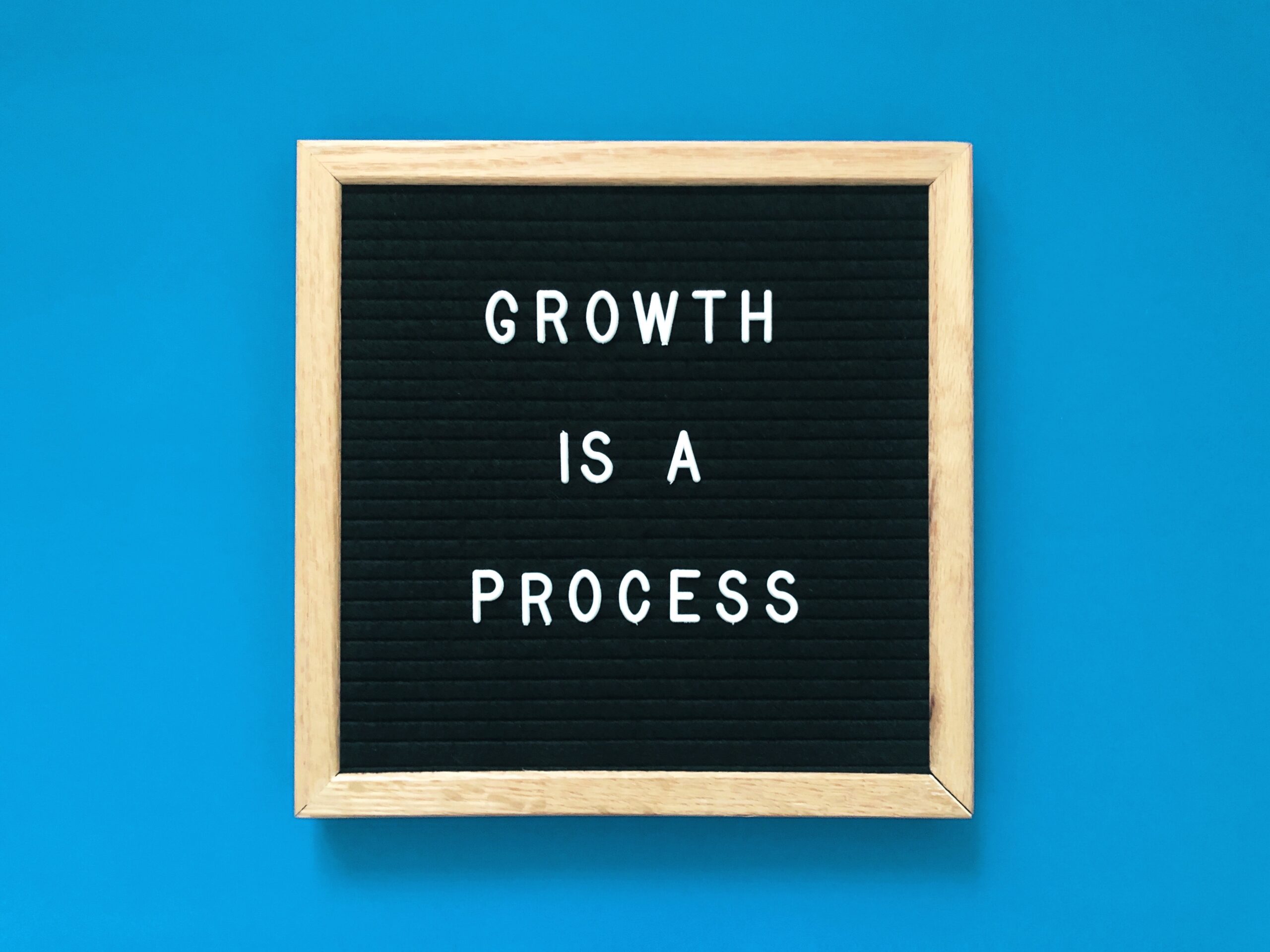Companies set expectations for employees when they first come onboard and the expectations can change or be adjusted as the company needs, the scope of the position and/or the employee skills/knowledge evolves. In many cases employees are expected to shift and adjust to the changes but not always given the tools and resources to make successful adjustments. This can be a negative impact to the employee as well as the company. So, what’s the solution?
This is where Performance Development Plans (PDP) come into play. A Performance Development Plan is a program in which goals and commitments are agreed between the company and the employee to help their development and growth. Having development plans allow organizations to align personal, team, and company interests and goals for the greater success of everyone involved. PDPs are a critical tool whether conducting Performance Management or Reskilling/Upskilling.
Determine the need for a PDP.
The first order of business is to determine that there is a need for a PDP. Either leadership has recognized that an employee’s performance needs improvement or that they are ready for progression in the company. It can also be the employee who identifies a need for change because they have recognized their own challenges or deficiencies in their role, or have plateaued and are ready for a career shift.
Example: Bill is a Client Support Representative, responsible for the implementation of a software system the company offers to clients. He’s an expert in the system but feels as if he has plateaued and wants to increase his responsibility as well as learn a new skill.
Clearly define areas of concern or career goals.
This is the what. Identify what the needed area of improvement is and what the expected result is so that a plan for improvement can be established. For career development goals, define skills and knowledge requirements for the desired next step in order to develop a plan which sets targets and a timeline.
Example: Bill met with his supervisor to express his concerns and his interests. She acknowledged that he had been performing above expectations and asked what area or role he would like to explore. Bill shared that he was so well versed in the system that he would like to try his hand at selling it to clients. He didn’t have sales experience but felt comfortable interacting with the clients and would be open to shadowing and getting training in sales.
Establish the priority goal(s).
Determine which areas of change are agreed upon between the supervisor and the employee since the implementation of the plan will be a collaborative effort.
Example: His supervisor expressed that she was open to him exploring the sales realm but that they had to develop a game plan that would allow him time for development (shadowing/training) without impacting his dedication and performance in his current position. His supervisor would have to meet with the other leadership to determine the company’s needs to either add an additional position or if a vacancy would be available by the time Bill was ready to transition.
Once the objective is clear and the feasibility of the transition is determined, set measurable goals.
Work with your employee to determine how progress will be measured, how often it will be assessed, and what key milestones should be watched for. The company should have a worksheet, template or form that has a standard measurable system (ratings, # of tasks/goals, frequency of review and follow-up) so there is consistency throughout the company regardless of the department or position.
Example: Bill and his Supervisor discussed and agreed upon what the expected result would be. She laid out a timeline of expected milestones accounting for Bill’s input on his pace, the forecasted transition period, and the flexibility of his current position and those involved in the shadowing/training. The goals were determined by the necessary skills and knowledge required for the sales position.
Document goals and objectives and create a detailed plan of action.
This is the how and when. This is when the specifics of the development or improvement plan are outlined. All key players are identified, any resources are provided, tasks are assigned, deadlines are set, and follow-up meetings are scheduled.
Example: Bill’s supervisor asked one of the senior business developers to schedule two days a week for an hour each allowing Bill to listen in on his sales calls. She also referred Bill to some sales classes and webinars for additional knowledge and training. They scheduled a follow-up meeting in two weeks to determine if the plan of action was effective and if any adjustments were necessary.
At the conclusion of the established performance development plan, conduct a performance review to determine if goals were met and what the next steps will be.
For plans that involve performance improvement, the need for disciplinary action or further training will be decided. For career transition (promotion, upskilling, reskilling) plans, t will be determined if the employee is ready and if the opportunity is available for the employee to make the shift in their position within the company.
Example: Bill met with his supervisor at their 2-month follow-up meeting and it was determined that he was prepared to transition to an entry level sales position, however, there were no openings at that time. His supervisor recommended that he keep an eye out for job postings in that division and to apply if he still has an interest in transitioning to a sales role at that time.
Effective PDPs should be a win/win for both the employee and the employer because they encourage employees and equip them with the tools and resources to be their best, which in turn, benefits the company by having a highly effective and properly utilized workforce.
Reach out to Tasia @ Full Sail Partners.

